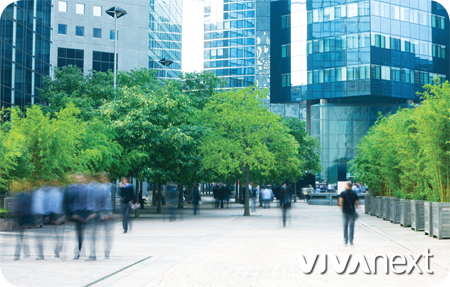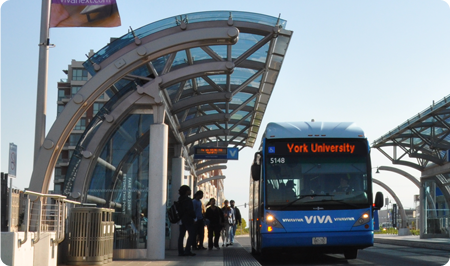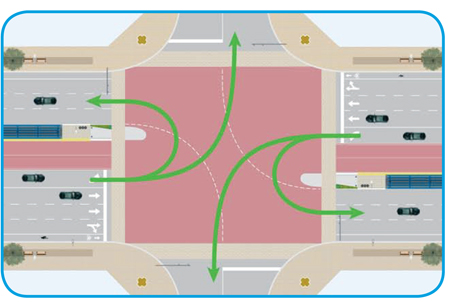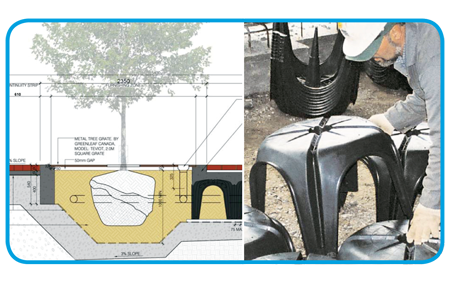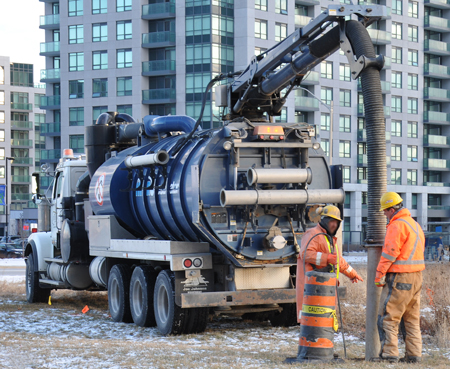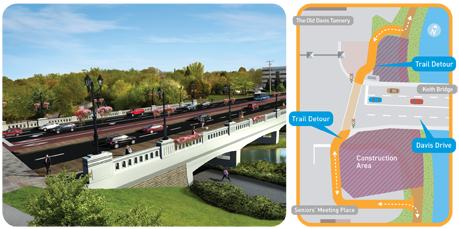What’s the significance of a pole? In the past few years some of York Region’s towns and cities have been talking about whether or not to bury hydro lines. We’re designing and building rapidways in key urban areas, so naturally the topic of hydro poles and lines comes up when we bring forward new pedestrian-friendly, attractive streetscapes.
Understandably, most people would like hydro lines to be buried, rather than hung from hydro poles. Burying hydro lines is a major project though, and so deserves careful consideration. The cost of relocating lines underground all at once can be up to 10 times the cost of keeping them above ground. That’s not to say that it isn’t worth the money, but it is a big investment.
We support municipalities in their efforts to bury hydro lines, and we also understand why it can’t always be done all at once. Most urban planners agree that hydro poles can be buried over time as a natural result of development and growth, and this is how it could happen:
- We build rapid transit in key growth areas, attracting people to the added convenience and pedestrian-friendly environment.
- Where there are people moving in, there will likely be development.
- When developers build new buildings, hydro lines are often buried as part of the project, either by their own choice or by local zoning regulations.
Regardless of whether hydro poles are buried or not, we’re designing modern streetscapes along the viva corridors. Where hydro poles are being replaced as part of our rapidway projects, we make poles as attractive as possible using special finishes and features. In some cases we use poles that don’t need guy wires, and higher poles to minimize the appearance of the wires. Wherever possible, we bury telecommunications and fibre lines, reducing the number of wires on new hydro poles.
Urban planning is full of important decisions, and the rapidway designs include innovative ideas, while building great neighbourhoods for future generations.

